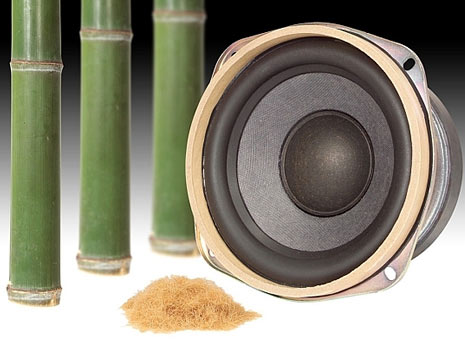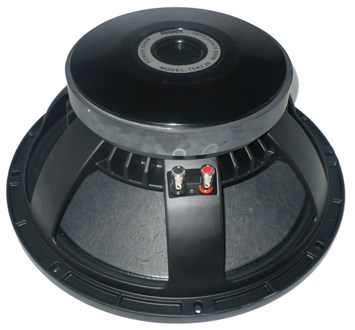Few are those who do not possess, moreover, in multiple copies of such a transducer. Whether housed in the earpiece of a telephone, integrated housing for a micro-computer, clock radio, a television set, or, more commonly, hidden behind the grille or cloth protection of an enclosure, it is ubiquitous in our daily lives, and if we thought we be freed in few other places, it was quick to remind us of its presence: broadcast background music in the supermarkets, announcing a departure prominent in railway stations and airports, or brightening the time spent driving behind a long line of cars.



